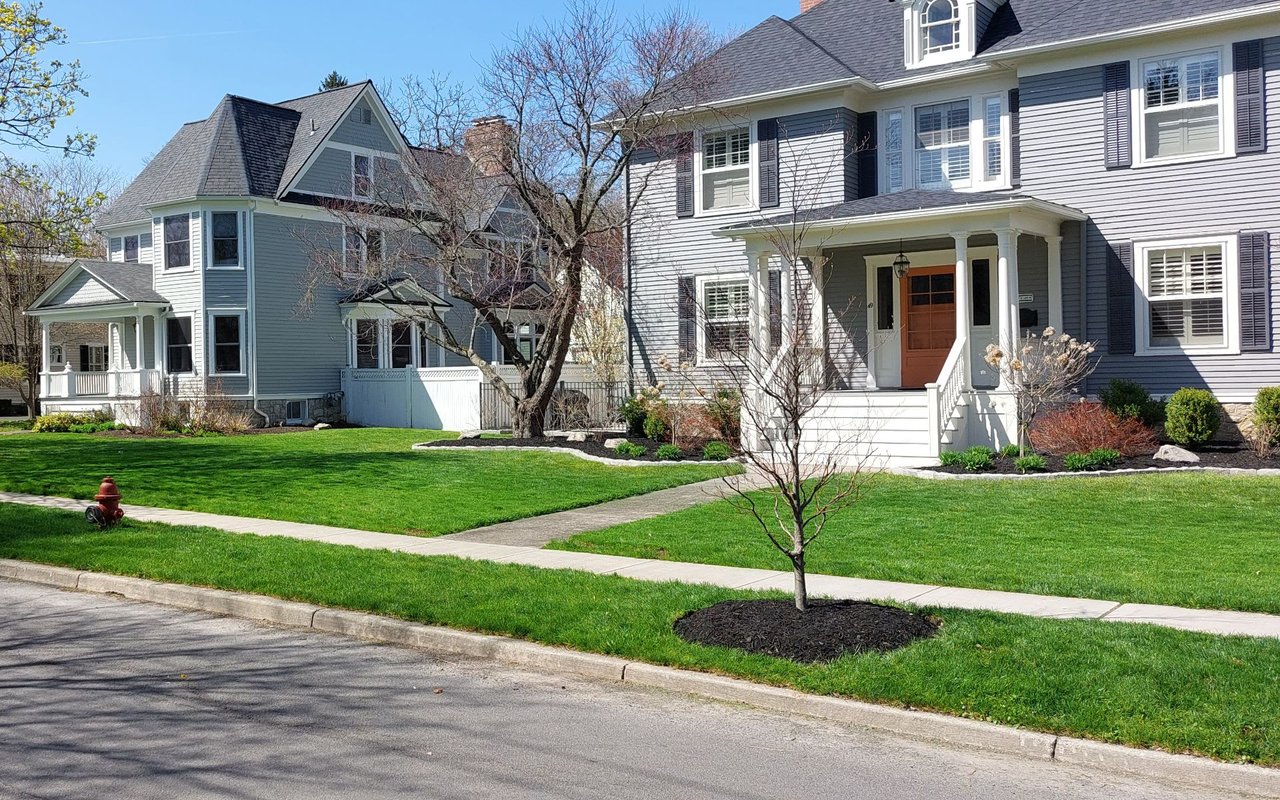Choosing the right paint colors for your home can significantly impact its overall aesthetic and ambiance. Whether you are preparing your property for sale in the competitive Skaneateles real estate market or simply looking to refresh your living space, understanding the science of color is essential. By considering factors such as lighting, room function, and personal preferences, you can make informed decisions on how to choose colors for a room that will enhance its beauty and functionality.
Understanding Color Theory
Color theory is the foundation of selecting the right paint tones for your home. It involves understanding the relationships between colors and how they interact with each other. The color wheel, a fundamental tool in color theory, consists of primary, secondary, and tertiary colors. By using the color wheel, you can create harmonious color schemes that are visually pleasing.
Primary, Secondary, and Tertiary Colors
Primary colors—red, blue, and yellow—are the building blocks of all other colors. Secondary colors, such as green, orange, and purple, are created by mixing primary colors. Tertiary colors result from mixing primary and secondary colors. Understanding these basic relationships is crucial in creating a cohesive color palette for your home.
Color Harmonies
Color harmonies refer to the combination of colors that work well together. The most common harmonies include:
- Complementary Colors: These are opposite each other on the color wheel, such as blue and orange. They create a vibrant and dynamic look.
- Analogous Colors: These are next to each other on the color wheel, such as blue, blue-green, and green. They offer a more subtle and harmonious appearance.
- Triadic Colors: These are evenly spaced around the color wheel, such as red, yellow, and blue. They provide a balanced and colorful look.
- Monochromatic Colors: These involve variations of a single color, creating a cohesive and calming effect.
The Impact of Lighting
Lighting plays a crucial role in how colors appear in a room. Natural and artificial light can change the perception of color, making it essential to consider the type and amount of light a room receives when choosing paint tones.
Natural Light
Natural light varies throughout the day and can influence how colors are perceived. North-facing rooms receive cooler, softer light, making colors appear more subdued. South-facing rooms, on the other hand, benefit from warm, bright light, which can enhance warm tones. East-facing rooms receive bright morning light, while west-facing rooms enjoy warm, evening light.
Artificial Light
The type of artificial lighting in a room also affects color perception. Incandescent bulbs emit warm, yellow light, which can enhance warm colors but may distort cooler tones. Fluorescent bulbs produce a cooler, blue light that can make warm colors look washed out. LED bulbs are available in various color temperatures, allowing for more flexibility in achieving the desired effect.
Choosing Colors for Different Rooms
Each room in your home serves a different purpose, and the color choices should reflect these functions. Here is a guide on how to choose colors for a room based on its use and desired ambiance.
Living Room
The living room is often the central gathering space in a home, so it should feel welcoming and comfortable. Neutral colors like beige, gray, or taupe create a versatile backdrop that can be easily updated with accent colors. For a more vibrant look, consider incorporating complementary colors or a bold accent wall.
Kitchen
Kitchens benefit from colors that stimulate appetite and energy. Warm colors such as red, yellow, and orange are popular choices, as they can make the space feel lively and inviting. However, too much of these colors can be overwhelming, so it’s often best to use them as accents against a neutral backdrop.
Bedroom
Bedrooms should be serene and restful, making cool colors like blue, green, and lavender ideal choices. These colors have a calming effect and can promote relaxation. Soft, muted tones are often preferred over bright, bold colors to create a tranquil atmosphere conducive to sleep.
Bathroom
Bathrooms are typically smaller spaces where you can experiment with bolder colors. Cool tones like blue and green are refreshing and clean, while warm tones like peach and pink can create a cozy, spa-like feel. Neutral colors are also a safe choice, providing a timeless and elegant look.
Home Office
In a home office, the goal is to create a space that is both productive and comfortable. Colors like blue and green are known to enhance focus and concentration. Neutral tones can also work well, providing a calm and professional environment. Adding pops of color through accessories can personalize the space and make it more inviting.
Using Color to Alter Perceptions of Space
Color can be used strategically to alter the perception of a room’s size and shape. Lighter colors tend to make a space feel larger and more open, while darker colors can create a cozy, intimate atmosphere.
Making a Room Feel Larger
To make a small room feel larger, use light, cool colors such as soft blues, greens, or neutrals. These colors reflect light, making the space appear more expansive. Painting the ceiling a lighter color than the walls can also enhance this effect.
Creating a Cozy Atmosphere
In larger rooms or spaces where you want to create a sense of intimacy, darker, warm colors like deep reds, browns, or charcoal grays can make the room feel cozier. These colors absorb light, making the space feel more enclosed and inviting.
Highlighting Architectural Features
Use contrasting colors to highlight architectural features such as moldings, trim, and built-in cabinetry. Painting these elements in a different color from the walls can draw attention to them and add visual interest to the room.
The Psychology of Color
Colors can evoke specific emotions and influence mood, making it important to consider the psychological impact of your color choices.
Red
Red is a powerful and energetic color that can stimulate excitement and passion. It’s a great choice for social spaces like dining rooms and living rooms but should be used sparingly in bedrooms and offices, where a more calming environment is desired.
Blue
Blue is associated with calmness and serenity, making it ideal for bedrooms and bathrooms. It can also promote focus and productivity, making it a good choice for home offices. However, too much blue can feel cold and uninviting, so it’s often best balanced with warmer accents.
Green
Green represents nature and tranquility, making it a versatile color that works well in almost any room. It’s particularly effective in spaces where relaxation and rejuvenation are desired, such as bedrooms, living rooms, and bathrooms.
Yellow
Yellow is a cheerful and uplifting color that can create a warm, inviting atmosphere. It’s a popular choice for kitchens and dining areas, as it can stimulate appetite and conversation. However, too much yellow can be overwhelming, so it’s often best used as an accent color.
Neutrals
Neutral colors like beige, gray, and white are timeless and versatile, providing a flexible backdrop for any room. They can create a sense of calm and sophistication and can be easily updated with colorful accessories and decor.
Ellen O'Connor: Your Guide to Perfect Color Choices
Choosing the right paint colors can transform your home and enhance its appeal, whether you're planning to sell or simply want to refresh your living space. Ellen O'Connor, with her extensive knowledge of Skaneateles real estate and interior design, can help you make informed decisions on how to choose colors for a room that reflect your personal style and meet your needs.
Contact Ellen O'Connor today to discover how expert color choices can elevate your home's aesthetic.





